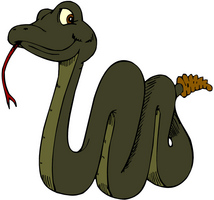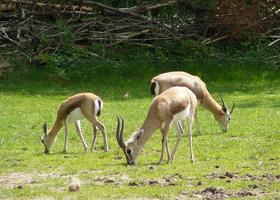(This was a handout from last week's classes)
3rd
Grade Deserts Webquest - PART 1
You will use the Internet or Library resources to research
desert animals.
Most desert animals are
nocturnal or active at night when the temperature is cooler. Some desert
animals are diurnal or active during the day. Desert animals have adapted to
life in the deserts. Adaptations are characteristics that plants and animals
have that help them to survive or changes a plant or animal makes to fit new
conditions or new environments.
You will research an animal
and discover:
- the class or group it belongs to (classification)
- the covering on its body (appearance)
- where it makes its home (habitat)
- the food it likes to eat (diet)
- its enemies and how it protects itself (defenses)
- the adaptations these animals have
Pick one of the following animals please:
Desert Tortoise Elf Owl Fringe-toed Lizard
Gila Monster Ground Squirrel Hawk
Horned Lizard Jackrabbit Kangaroo Rat
Kit Fox Prairie Dog Rattlesnake
Roadrunner Scorpion Sidewinder
DUE: November
28-29, 2012 (For class 3/204 only)
December 7 (Class 3/201 only)
December 7 (Class 3/201 only)
Thank you,
Ms. Silverberg
Technology


